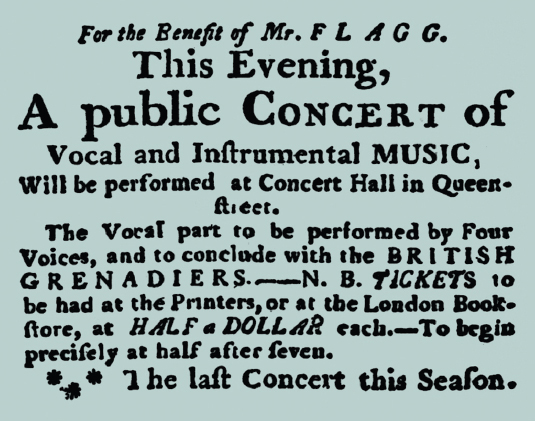3 | Style Features of Classical Music

In discussing the musical style of the late Baroque period, we started with a single guiding concept. There is a thorough, even rigorous, quality in the ways early eighteenth-
Classical music cannot be discussed quite as easily as this. We have to keep two concepts in mind to understand it, concepts that were constantly on the lips of men and women of the time. One was “natural,” and the other was “pleasing variety.” In the late eighteenth century, it was taken for granted that these two artistic ideals went hand in hand and provided mutual support.
Today we can see that sometimes they pulled in opposite directions. For although “variety” was called on to ward off boredom, it was also an invitation to complexity, and complexity would seem to run counter to “natural” simplicity and clarity. In any case, in Classical music one or the other — and sometimes both — of these qualities can be traced in all the elements of musical technique: in rhythm, dynamics, tone color, melody, texture, and form. A new expressive quality developed in this music as a result of its new technique.